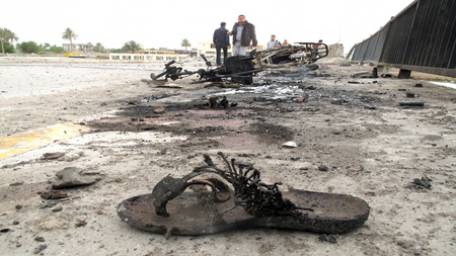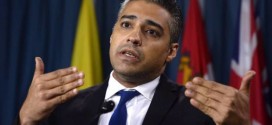
Iraq: US jets take on IS artillery to defend Kurd allies
On Friday, US aircraft struck extremist position in northern Iraq in what could potentially be a turning point in the two-month long crisis which Washington said was threatening to develop into genocide and expose United States assets in the country.
US President Barack Obama’s order for the air strikes, the first strikes in Iraq since he ended the US occupation of the country in 2011, came after militants from the Islamic State(IS) gained lots of territory, even capturing a dam and causing a massive exodus of religious minorities.
Rear Admiral John Kirby, spokesman for the Pentagon, took to Twitter to say that US forces had bombed the extremists after militant artillery fire attempted to take down Kurdish government forces protecting their capital city of Arbil. Two US attack jets struck a mobile artillery unit near Arbil, he said.
The US head of state had ordered warplanes into Iraq to stop extremists from moving into the autonomous territory of Kurdistan in northern Iraq and potentially carry out genocide against displaced minorities.
The jets initially dropped water and food for the thousands of people who had managed to hide themselves from extremist forces. Many people had been hiding in the Sinjar mountains for the past five days in blistering heat without any supplies; most of them are Yazidis, members of a minority who follow a 4,000-year-old faith.
The US president accused the IS of attempting “the systematic destruction of the entire people, which would constitute genocide”.
He also “limited” air strikes since the extremist threatened the Kurds, allies to the US, following a lightning-fast advance which saw militants almost reach the Kurdish capital of Arbil. Panic began to spread through the city after IS pushed itself into the Nineveh plains that separate Kurdistan from their hub Mosul.
“We plan to stand vigilant and take action if they threaten our facilities anywhere in Iraq, including the consulate in Arbil and embassy in Baghdad”, Obama said.
 The Arab Democrat The Latest From The Arab World
The Arab Democrat The Latest From The Arab World





